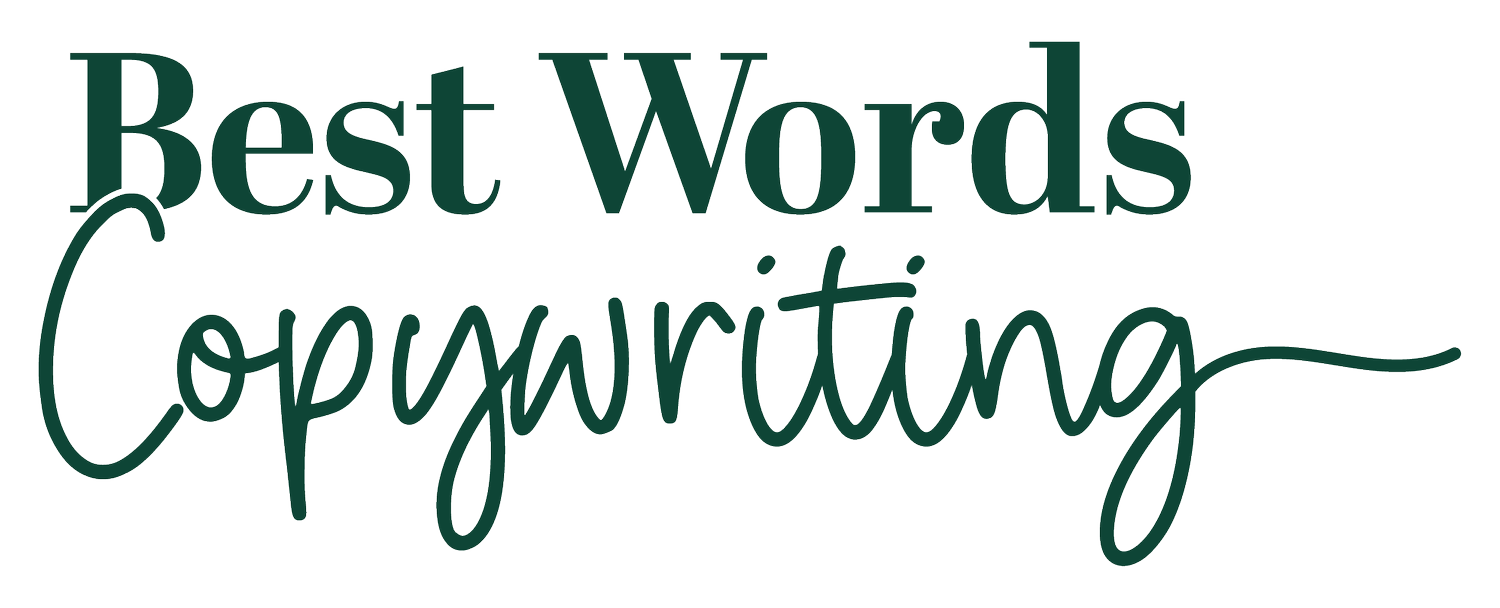Three big website mistakes to avoid
Reviewing websites is one of my favourite things. I love having a look at a home page, finding out about a business and checking out their services. Each website is different: the design, the content and the words.
Given the uniqueness of language teaching business, that’s not a surprise. But however different the websites are, I notice the same issues crop up. I’m talking about the common mistakes I see on many websites. Let’s start with a look at services pages, key to making sales.
The services maze
Imagine browsing the cereal aisle in a large supermarket. All those boxes are overwhelming, you just came in for bran flakes. This is the paradox of choice – more options doesn’t mean easier decisions. The same thing happens on services pages.
TOO MUCH CHOICE
I see these issues frequently:
Too many services on the same page.
Long lists of features instead of benefits.
How to remedy this? Give each offer its own space or group similar offers (maximum three) together. Before listing exactly what an offer includes, focus on the transformation, not the individual features.
Look at how Elena Mutonono presents her training courses for teachers. It’s really clear how these offers are different and what is the big benefit of each one. Discover smart ways of boosting your rates. Yes, please.
QUICK TIP which means that
List the features of your offer. For each one write which means that and complete the sentence. This is the benefit.
Want to learn more about the paradox of choice? Watch the TED talk by psychologist Barry Schwartz or read the article The Paradox of Choice from The Decision Lab.
NOT ANSWERING KEY QUESTIONS
Making purchases online can be a risky business, so your services pages need to reassure clients. They are hesitant, concerned about making the wrong purchase, wasting their money or worse. You need to answer these key questions:
Do you understand my problem?
Will you help me solve it?
Can I trust you?
How does it work?
What do I do next?
Can you answer these questions for each of your offers?
QUICK TIP One clear action only
Be really clear about what you want customers to do next. What is the next step to take? Register interest, take a level test, book a call, complete an application form?
Try the Coffee Shop Test ☕
If you find it hard to talk about your services, try this approach:
Imagine explaining your services to someone in a café.
Record yourself on your phone (no one else has to listen).
Notice the words and phrases you use naturally.
Identify the benefits you mention first.
Now write your services page copy.
You might be surprised by the results. It’s amazing how clearly you explain things in your own voice.
While your services pages sell your offer, your about page sells you. Speaking of which…
The missing about page
Yes, honestly, I do see websites without an about page or it’s hidden in a footer link. Visitors might not search for it, but they do want to read about you.
Your about page builds trust and showcases your expertise. If this sounds ‘salesy’, it’s not. People buy from people, especially in education. Don’t fall into the CV trap and list all your qualifications and teaching jobs. Instead show how your experience helps clients in their language learning journey. Make it about me + you = us.
QUICK TIP Turn your CV into benefits
Your CV might include 12 years of teaching English in Italy. Nice, good for you, but what does it mean for the client? The benefit for them is that you know the common mistakes Italian speakers make and how to avoid them.
Stuck with your about page? I posted a collection of writing prompts on LinkedIn. They might give you some ideas.
Now that we've covered who you are, let's look at how you talk about what you do.
Using jargon and acronyms
We love a bit of jargon in ELT. Fluency, accuracy, communicative competence, the list goes on. It includes acronyms, abbreviations and initialisms, too. While other teachers and our peers know exactly what each one means, language learners don’t. And why should they?
QUICK TIP Create a jargon sheet
Start a simple list of jargon and the words you use instead. Fluency becomes speak English without stopping to find the right words. Accuracy means speak without making mistakes.
Conclusion
These mistakes are common on many websites, but now you know how to resolve them:
Simplify your services pages.
Use your about page to talk about us.
Avoid jargon and use language your clients understand.
Do you need help making these changes on your website? Ask me about Website Revamp, my 8-week course where we work together on your words.
Input sessions, practical tasks and feedback which means that you’ll have the clarity and confidence to create web copy that showcases your expertise.


